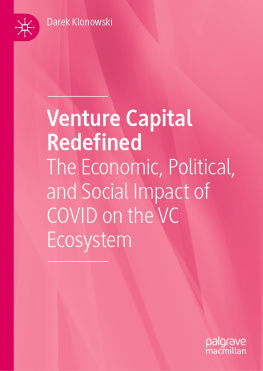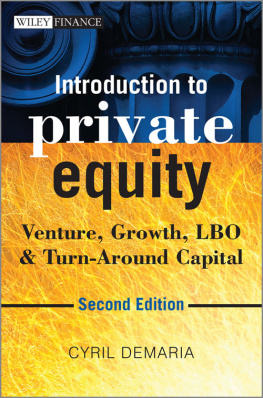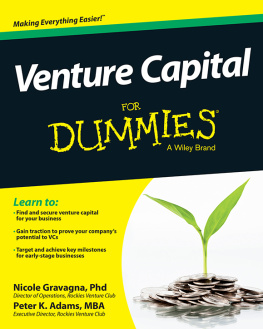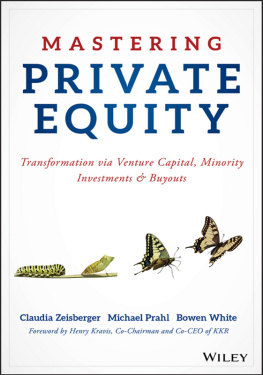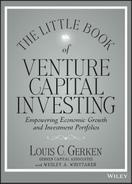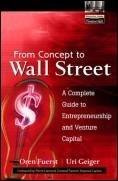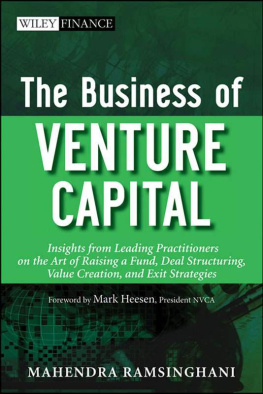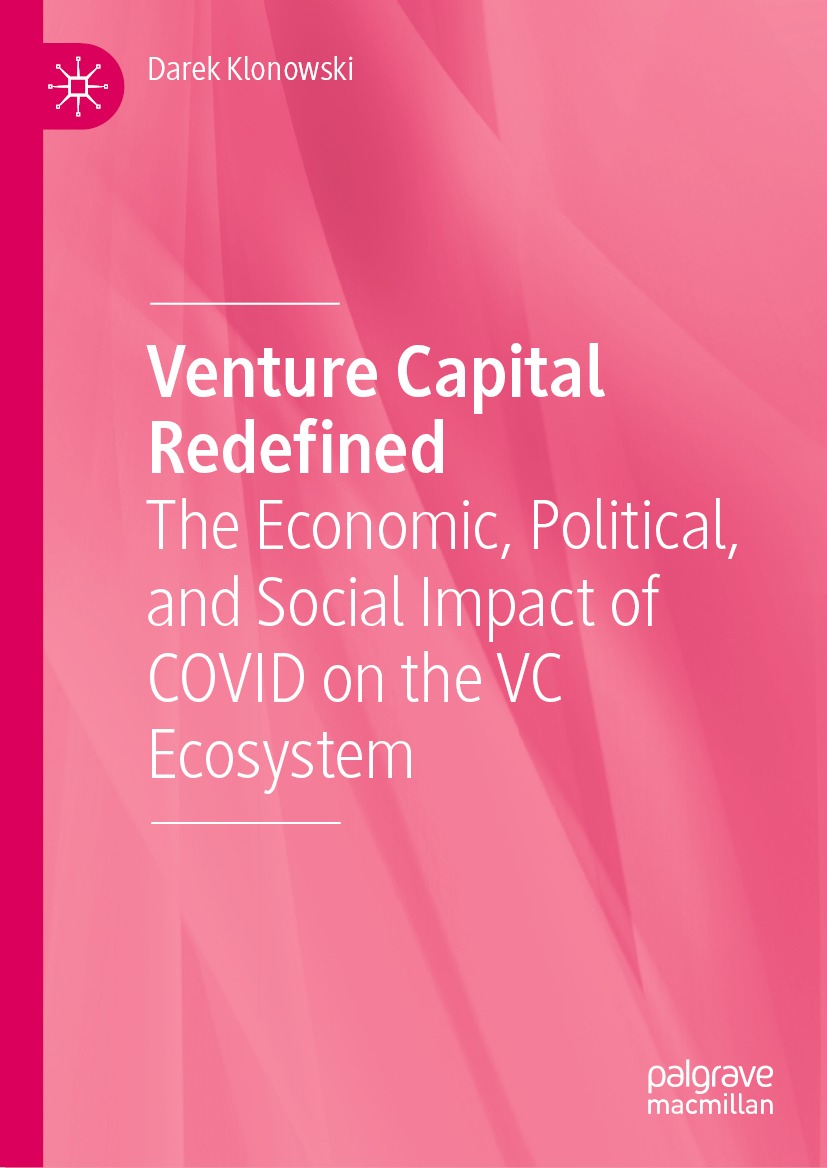Darek Klonowski
Brandon University, Brandon, MB, Canada
ISBN 978-3-030-83386-2 e-ISBN 978-3-030-83387-9
https://doi.org/10.1007/978-3-030-83387-9
The Editor(s) (if applicable) and The Author(s), under exclusive license to Springer Nature Switzerland AG 2022
This work is subject to copyright. All rights are solely and exclusively licensed by the Publisher, whether the whole or part of the material is concerned, specifically the rights of translation, reprinting, reuse of illustrations, recitation, broadcasting, reproduction on microfilms or in any other physical way, and transmission or information storage and retrieval, electronic adaptation, computer software, or by similar or dissimilar methodology now known or hereafter developed.
The use of general descriptive names, registered names, trademarks, service marks, etc. in this publication does not imply, even in the absence of a specific statement, that such names are exempt from the relevant protective laws and regulations and therefore free for general use.
The publisher, the authors and the editors are safe to assume that the advice and information in this book are believed to be true and accurate at the date of publication. Neither the publisher nor the authors or the editors give a warranty, expressed or implied, with respect to the material contained herein or for any errors or omissions that may have been made. The publisher remains neutral with regard to jurisdictional claims in published maps and institutional affiliations.
No Cover credit
This Palgrave Macmillan imprint is published by the registered company Springer Nature Switzerland AG
The registered company address is: Gewerbestrasse 11, 6330 Cham, Switzerland
Preface
Venture capital, which is a global phenomenon that simultaneously maintains a strong local character, is defined as the provision of capital and assistance to private firms by institutional investors. Thus, the industry is influenced by global capital flows, socioeconomic conditions, and the political environment, in addition to local economic growth rates, laws, politics, entrepreneurial dynamics, and institutional infrastructure. Although the venture capital industry was only founded in the late 1960s and early 1970s in the United States (U.S.) and the United Kingdom (U.K.), the total value of private assets under management (AUM) in venture capital is now estimated to equal $3.4 trillion.
On March 11th of 2020, the World Health Organization (WHO) announced to the world the existence of novel coronavirus, which was given the abbreviation COVID-19. Specialists from Imperial College London released an epidemiological model which estimated that in the absence of strong intervention, the novel virus would result in 7 billion infections and 40 million deaths globally in 2020 alone. As a result, many governments around the globe have engaged in wide-ranging restrictive measures to flatten the curve; this practice was initially intended for a period of about two weeks in order to avoid overwhelming the healthcare system, although these restrictions were subsequently extended to remain in place for over a year. As a result, economic activities have been compressed and many industries, sectors, and segments of the economy have been affected worldwide, including the venture capital industry.
Of this books many objectives, the primary focus has been its use as a tool to understand the severity of the novel coronaviruss impact upon the venture capital industry. Analysis performed for this book project suggests that the industry has undergone profound changes since the early onset of government restrictions designed to halt the spread of COVID-19. A second area of emphasis within this book is an assessment of the potential long-term impact of the economic, political, and social restrictions on the venture capital ecosystem post COVID-response. Thirdly, the perspectives of various stakeholders involved in the venture capital ecosystem, including general partners (GPs), limited partners (LPs), entrepreneurs, and other important stakeholders (including the state) are considered, particularly in the context of the post COVID-response period. Lastly, the ultimate aim of this book is to answer the question of whether current changes to the venture capital industry are likely to renew and promote the industrys overhaul, or simply perpetuate its decline.
The Books Structure
The book is comprised of four sections and nine chapters. Each section consists of two to four chapters of varying length, with the exception of the last section, as it has only one chapter. There are 25 figures and tables to illustrate and provide further support to key observations.
The introductory section of the book is called Introduction to Venture Capital and its External Environment in the Age of COVID-response. The first chapter of this section focuses on the definition of venture capital and its characteristics. It provides a brief overview of venture capital and its underlying concepts that serve as a reference point throughout the book; it is important to establish this benchmark because subsequent chapters illustrate changes to the basic concept of venture capitalism in view of COVID-response. Further segments specifically elaborated upon in the chapter include the discussion of venture capitals true contribution to entrepreneurial development, as well as some of the advantages and disadvantages of venture capital as seen from the entrepreneurial perspective. The first chapter will also provide a survey of the historical trends in the global venture capital industry over the last 20 years, with particular attention paid to fundraising and investing activities, including the accumulation of $1.9 trillion in dry powder. Additionally, the chapter provides a background discussion of venture capital returns in the context of the promise made to capital providers (i.e., LPs) by venture capitalists. The chapter ends by providing a summary of venture capital and the significant, fundamental challenges it faced in the pre COVID era, such as its maturation.
The second chapter provides background information on the political reactions and subsequent socioeconomic consequences of COVID-19, as well as a general discussion regarding the implications of government restrictions on venture capital. When the coronavirus initially appeared, the vast majority of political leaders and public officials around the globe moved to implement a range of restrictive public measures, mandates, and orders. Examples of these restrictions include the closure of public spaces (i.e., universities, schools, government offices, courts, etc.), lockdowns, stay-at-home orders, travel restrictions, border closures, forced quarantine, limitations on social interactions, social distancing, mask wearing, and curfews; these reactions are termed COVID-response in this book. Although public officials attempted to introduce some measures to counteract the social, economic, and human consequences of the restrictions, the effect of these often strict government mandates was nonetheless devastating. For example, preliminary estimates confirm that in countries belonging to the OECD (Organization for Economic Co-operation and Development), economies shrunk by 4.2%, with Spain and the U.K. experiencing the most significant losses. At the height of the economic crisis, it is estimated that about 500 million people lost their jobs, resulting in a global unemployment rate of 7.2%. However, the small and medium-sized enterprise (SME) sector was one of the hardest hit segments of the economy by far. Furthermore, these restrictions have also negatively impacted mental health and human social behavior. Drawing on this important background analysis, the second chapter begins a discussion of the direct and indirect impact of political, social, and economic changes caused by COVID-response on the venture capital industry, which is continued in more detail in subsequent chapters.

